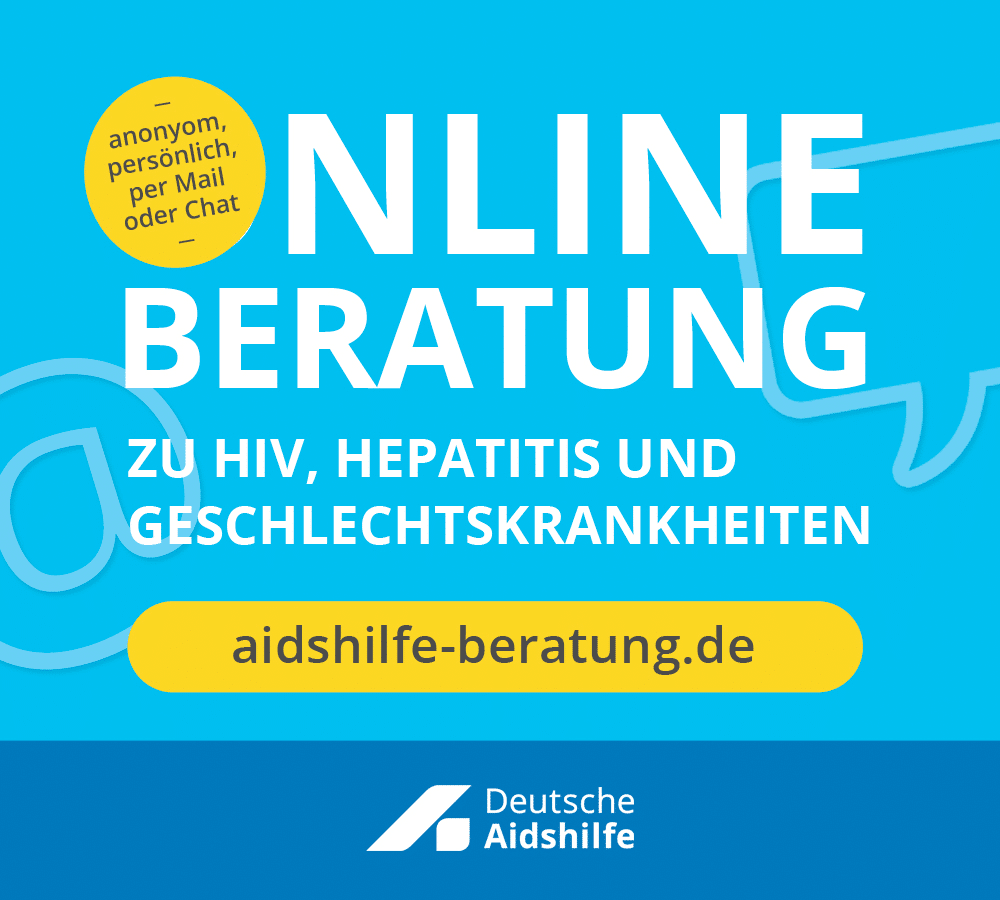HIV cure?
Cure HIV? This seemed unthinkable for a long time, but it is an important goal of research - and amazing progress has already been made.
The story of the "Berlin patient"
The story of "Berlin patient" Timothy Ray Brown caused a medical sensation in 2008. The HIV-positive American had received a stem cell transplant at the Charité hospital in Berlin due to his severe leukaemia.
The doctor treating him, Gero Hütter, used the bone marrow of a donor who had an HIV-resistant immune system. This was doubly successful: Timothy's blood cancer was cured and the HIV virus could no longer be detected in him.
The case of the "Berlin patient" is not generally transferable to other HIV-positive people. However, it has now also been possible to eliminate the virus from a newborn HIV-positive baby through treatment immediately after birth - another special case.
Gene therapies: two interesting approaches
Stem cells are also at the centre of research into so-called gene therapies: the stem cells of HIV patients could be modified in the laboratory to produce immune cells with a rare genetic defect. Such a genetic defect means that a tiny proportion of humanity is protected against HIV from birth. If this could be reproduced in the laboratory, a permanent cure for HIV would be within reach.
The catch with gene therapy
Nothing is yet known about the long-term effects of gene therapy approaches. In the worst case scenario, the genetically modified cells could eventually degenerate and cause cancer.
Gene scissors
Another research approach involves using gene scissors to remove HIV from already infected cells. This recognises the HIV genetic strands, cuts them out of the human genome and "glues" the human genetic strands back together. This has already worked in mice. Research into both approaches is still at a very early stage.
Research on therapy
Probably the greatest breakthrough in HIV research to date has been and continues to be the development of highly effective drugs that suppress the replication of the virus in the body, prevent AIDS and enable people with HIV to live a long life.
You can find an overview of the HIV drugs available today at aidshilfe.de.
"I am the man who used to have HIV."
Timothy Ray Brown, "Berlin Patient"
Another approach: from HIV therapy to a cure
A far less spectacular treatment method aims to utilise the effect of today's HIV therapy: If the therapy is followed consistently, the antiretroviral drugs completely suppress the reproduction of HIV.
The problem so far: there are "dormant" cells that carry the genetic material of HIV and have a life expectancy of decades - theoretically around 70 years.
The researchers are now trying to significantly shorten this period by activating dormant cells, for example: As active cells, these would have a much shorter lifespan - and could not produce new viruses due to the simultaneous HIV therapy.
Unfortunately, this approach has not worked so far. It could also be that, in addition to the HIV-infected immune cells, other cells of the immune system are "woken up" that could cause damage.
It could have fewer side effects to put the dormant cells infected with HIV into a permanent sleep - so that they no longer pose a threat. Research into this approach is now being intensified.
And what about the vaccination?
Until a few years ago, a vaccination against HIV seemed completely unrealistic, particularly due to the mutability of the HI virus.
There is now hope again. Researchers have learnt from the setbacks and developed new vaccines, which are currently being tested in countries in southern Africa in large multi-year studies.
As other virus variants dominate in Europe and North America, vaccines will soon be tested there too. In 2018 - 2019, the "BRAHMS" preliminary study will therefore be conducted in Germany, for example. If the preliminary study is successful, an HIV vaccine will also be trialled in Germany at a later date.
Development of HIV therapies
Since the introduction of combination therapy in 1996, there have been numerous improvements in this area. Experts see four points in particular that are currently especially important in HIV therapy and treatment research:
- To ensure the lifelong effectiveness of the therapy - here it is increasingly important to develop drugs with even fewer side effects
- Simplify therapies so that they are easier to adhere to (for example, through depot injections that only need to be administered once a month)
- Reduce the price of therapies and make treatment accessible to all
- Prevent the development of resistance through qualified therapy
So there is still a lot to do in medical research on HIV. Both in the area of HIV therapy and in the search for an actual cure or vaccine.
Further information
- You can also find out more about HIV research at www.aidshilfe.de.
- Institute for HIV Research University Hospital Essen





